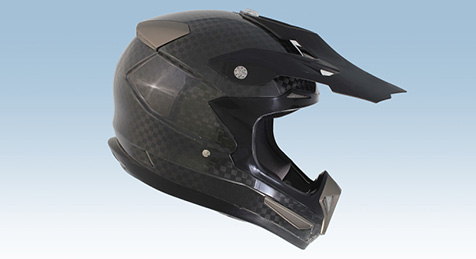Many applications are possible with waterjet cutting systems by gKteso
Waterjet cutting ensures less kerf loss
Applications that can be realized with waterjet cutting systems include a wide range of possibilities. Waterjet cutting systems separate many materials: From metals to ceramics up to composite plastics and carbon. The materialÔÇÖs consistency determines, whether it is cut with pure water or with an additional abrasive substance, mostly finest quartz sand. Metals, such as titanium, brass, steel or aluminum, are processed with abrasives in waterjet cutting. Depending on the intended application, the intensity of the waterjet as well as the consistency of the abrasive material is determined.

Waterjet cutting systems for complex applications
Waterjet cutting systems are ideal for complex applications in processing titanium, brass and tool steel. Aluminum and steel are the most commonly cut materials in waterjet cutting with a thickness of up to several centimeters. Here, only minimal tolerances on a scale of less than 0.1 mm are measured.
Multi-axial waterjet cutting
Besides metals, also numerous other applications are possible, as for example separating plastics, stones or leather. Due to the controlled multi-axis feature, forms of almost any complexity can also be cut spatially. 3D-cutting with a tolerance of 0.1 mm/m is very precise in the processing length. Since abrasive-waterjets lessen structural changes even more, this procedure is particularly applied in materials research and construction.
Waterjet cutting systems provide best cutting conditions
Even on disparate work pieces consisting of ceramic-metal mixtures, waterjet cutting offers best cutting conditions. The trimming of composite plies plastics in the automotive supply industry, such as, for example, dashboards, is performed with multi-axle waterjet cutting systems as well. The abrasive material can generally be dosed via CNC-control and conveyed, with air as carrier element, to the cutting head. The feed rates in waterjet cutting depend, among other, on parameters like material type and thickness, pump capacity (volume flow and pressure) as well as nozzles.
No heat affected zones in waterjet cutting
Since there are neither mechanical strains, thermally caused structural changes nor heat affected zones in waterjet cutting, in most cases post-processing of cutting edges is no longer required, making this procedure particularly efficient. Waterjet cutting systems draw only a narrow kerf. Therefore, it makes only a small clearance towards the individual cutting objects necessary, which again has a strong positive impact on the kerf loss.
gKteso is a mid-size company manufacturing and distributing serial waterjet cutting systems based on a sophisticated modular system. The high quality demand is documented by exemplary systems as well as certifications. Thus, the company is certified, among other, according to DIN ISO 9001. Waterjet cutting systems are used in the automotive and supplier industry as well as in the aerospace industry. You have questions regarding waterjet cutting and the waterjet cutting systems by gKteso? Then give us a call or write us.



 Download Datasheets
Download Datasheets